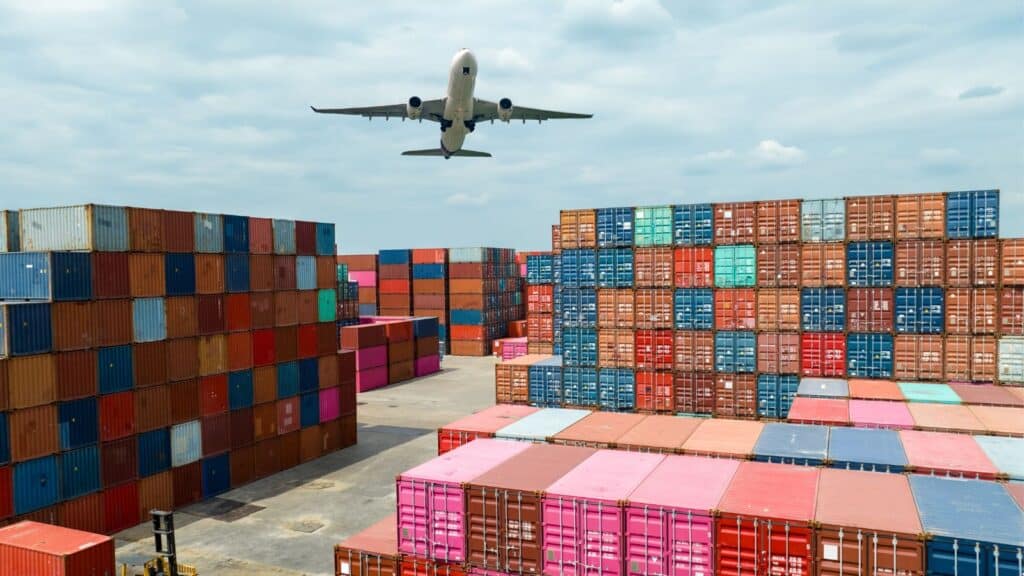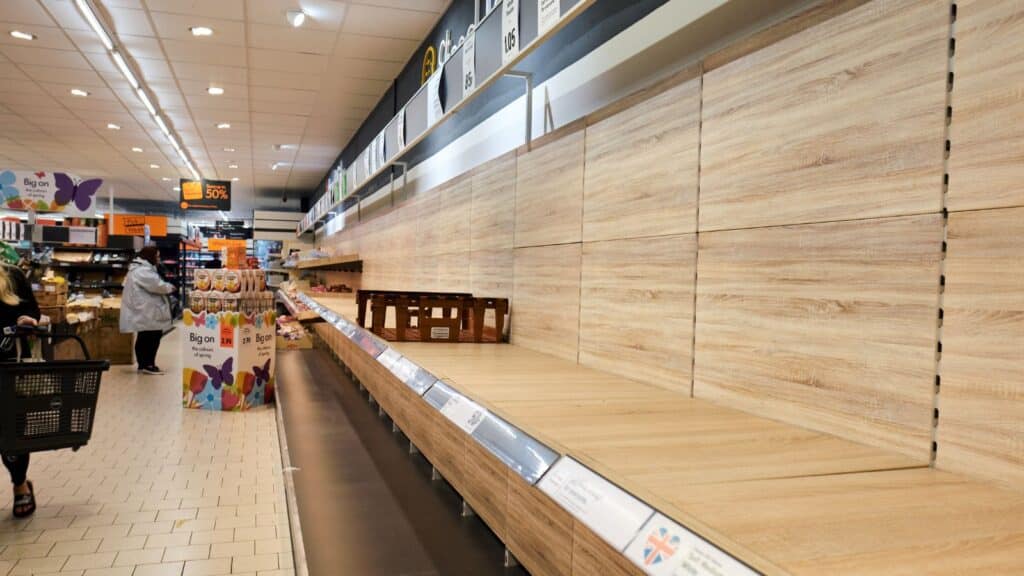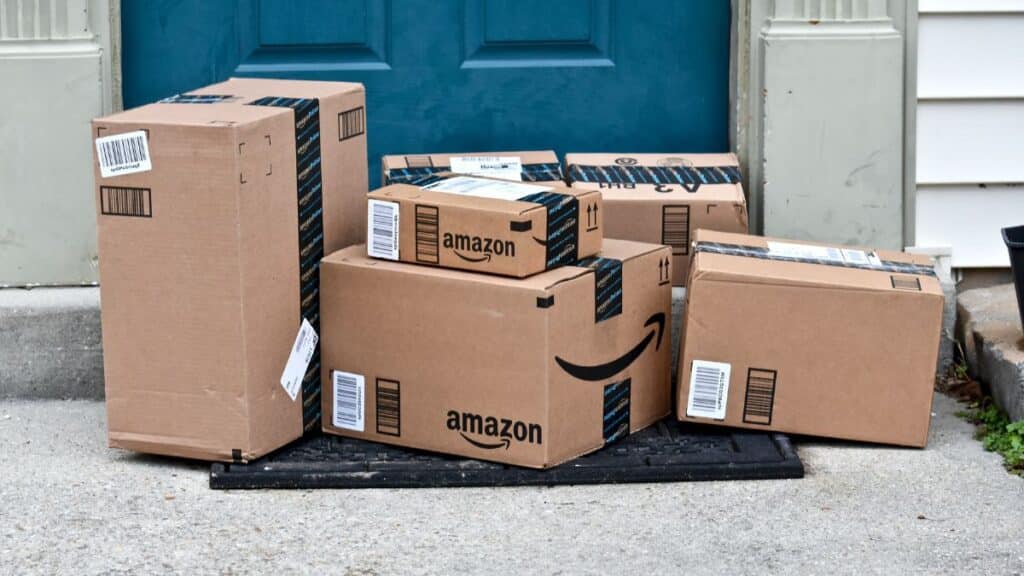Grocery prices aren’t just about inflation, they’re a signal of deeper supply chain issues. Every trip to the store is a reminder of how fragile the system behind our food really is. Here are nine things those higher price tags are telling us about what’s happening behind the scenes.
Transportation Costs Are Still Inflating Prices

Fuel costs and shipping delays are pushing transportation expenses higher. Even when items are available, moving them from warehouses to shelves costs more than it used to. Those extra dollars get passed along to shoppers at checkout, and with diesel prices still well above pre-pandemic averages, there’s no sign of relief.
💸 Take Back Control of Your Finances in 2025 💸
Get Instant Access to our free mini course
5 DAYS TO A BETTER BUDGET
Labor Shortages Are Slowing Production

Factories, farms, and processing plants continue to struggle with staffing. Fewer workers mean slower production, smaller supply, and higher prices. A recent USDA report points to persistent hiring challenges across food processing and agriculture, making it harder to meet steady demand.
Imported Goods Face More Hurdles

International shipping remains unpredictable. Tariffs, port congestion, and higher container fees are making imported goods more expensive. Specialty cheeses, olive oil, and out-of-season produce are some of the hardest hit. Global food trade costs tracked by the World Bank show how these hurdles add up before items even reach U.S. shelves.
Packaging Materials Are More Expensive

Cardboard, plastic, and aluminum have all jumped in cost due to shortages and higher raw material prices. Since nearly every grocery product depends on packaging, these increases ripple directly to consumers.
Weather-Related Disruptions Compound the Problem

Extreme weather—floods, droughts, and storms—disrupts harvests and transportation routes. Reduced crop yields and delayed shipments mean higher prices across produce, grains, and even meat.
Smaller Inventories Lead to Higher Prices

Suppliers are operating with leaner inventories to avoid being stuck with unsold goods in a volatile market. While this lowers their risk, it also creates scarcity, which keeps prices elevated even when demand is stable.
Local Supply Chains Are Stretched Thin

Buying local used to help avoid global disruptions, but even regional suppliers are facing higher costs. With labor shortages, tighter margins, and heavier demand on small farms and producers, local isn’t always cheaper anymore.
Ingredient Shortages Affect Multiple Products

When a single key ingredient—like sugar, wheat, or vegetable oil—is short in supply, dozens of products get hit. This often forces companies to raise prices or quietly shrink packaging to protect profits.
“Shrinkflation” Is Masking the Full Impact

Manufacturers are reducing package sizes while keeping prices the same. It’s a tactic to disguise inflation, but consumers are still paying more for less. The practice of shrinkflation has been widely tracked by consumer groups as one of the clearest signs of supply chain strain.
Demand Forecasting Has Become Less Reliable

With so much uncertainty, companies struggle to predict demand accurately. This often results in producing too little—or raising prices as a safety net. Both moves ultimately leave shoppers footing the bill.
What Rising Prices Really Mean

Grocery bills today reflect more than just higher inflation—they reveal the cracks in a supply chain that’s under constant stress. From fuel costs to labor shortages, every stage of the process adds pressure that ends up at the checkout. Until these challenges stabilize, shoppers can expect food prices to remain unpredictable, reminding us that what happens behind the scenes directly shapes what we pay at the store.
21 Budget Grocery Shopping Tips To Stretch Your Food Budget

Are you having trouble finding extra money in your budget to save or pay off debt? Did you know that one of the easiest categories to cut is your food budget? Most families drastically overspend on food each month but there are many ways to do budget grocery shopping and stretch your food budget without feeling deprived. 21 Budget Grocery Shopping Tips to Stretch Your Food Budget



